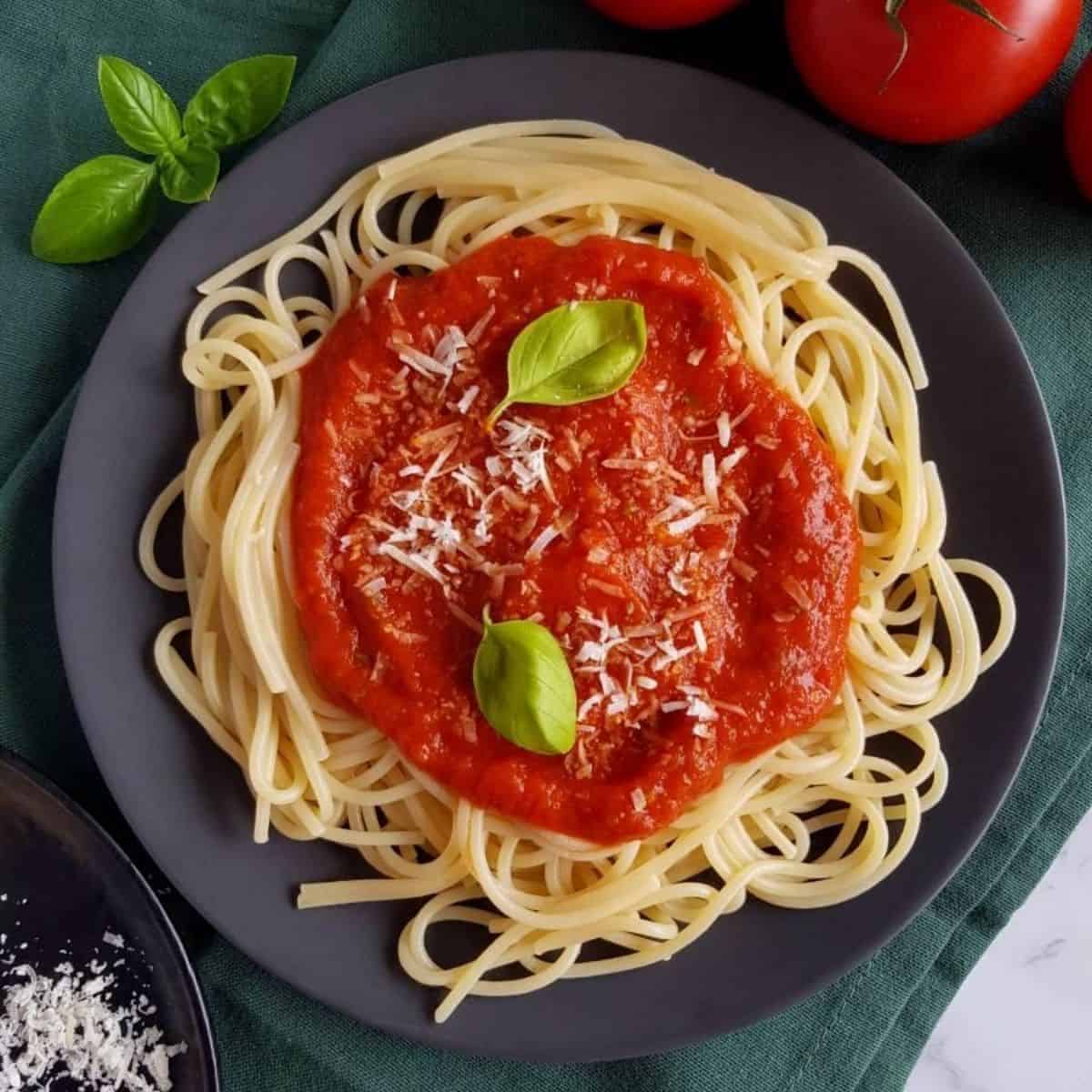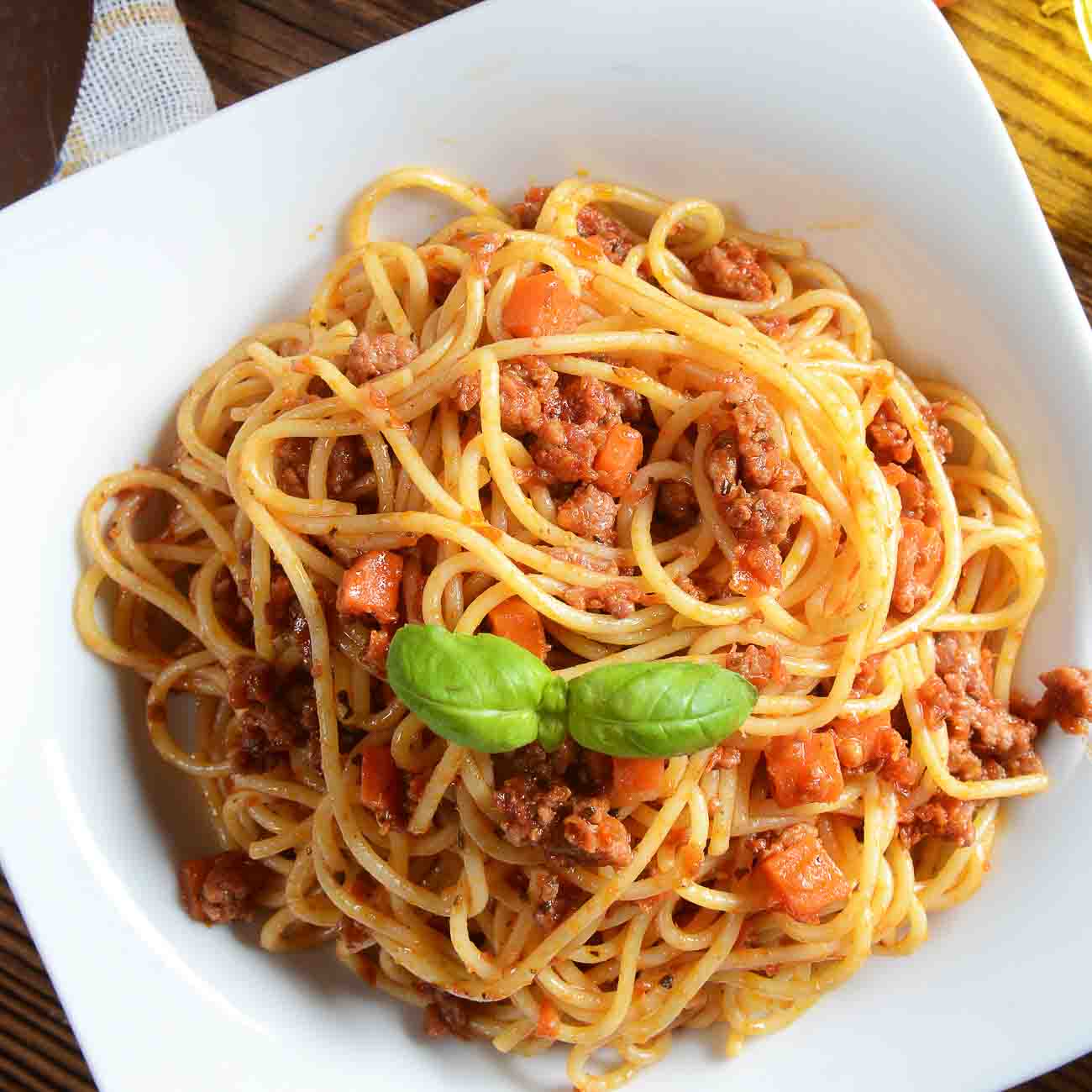Spaghetti, a beloved Italian dish, is often perceived as a food to be avoided when dieting. However, with mindful preparation and portion control, spaghetti can be incorporated into a healthy diet plan. This guide explores the nutritional benefits of spaghetti, provides insights on its impact on blood sugar levels, and offers practical tips for enjoying spaghetti while dieting.
Contrary to popular belief, spaghetti contains essential nutrients that contribute to a balanced diet. It is a good source of complex carbohydrates, providing sustained energy throughout the day. Spaghetti also contains dietary fiber, which promotes satiety and supports digestive health.
Nutritional Benefits of Spaghetti
Spaghetti, a beloved pasta dish, offers a surprising array of nutritional benefits. It is a good source of complex carbohydrates, providing sustained energy throughout the day. Spaghetti also contains a moderate amount of protein, contributing to muscle growth and repair.
Calorie Content
A 100-gram serving of cooked spaghetti contains approximately 158 calories. This makes it a relatively low-calorie option compared to other pasta varieties.
Carbohydrate Content
Spaghetti is a rich source of complex carbohydrates, providing around 28 grams per 100-gram serving. These complex carbohydrates are slowly digested, leading to a gradual release of glucose into the bloodstream. This helps maintain stable energy levels and prevents blood sugar spikes.
Fiber Content
Spaghetti contains a modest amount of dietary fiber, approximately 2.5 grams per 100-gram serving. Fiber is essential for digestive health, as it promotes regularity and supports a healthy gut microbiome.
Essential Vitamins and Minerals
Spaghetti is a good source of several essential vitamins and minerals, including:
- Iron: Helps transport oxygen throughout the body
- B vitamins: Essential for energy metabolism and nervous system function
- Magnesium: Supports muscle function and nerve transmission
- Selenium: A powerful antioxidant that protects cells from damage
Health Considerations for Dieters
Spaghetti, like other pasta varieties, has a relatively high glycemic index (GI). This means it can cause a rapid increase in blood sugar levels after consumption. However, the GI of spaghetti can vary depending on factors such as cooking time and the presence of other ingredients.
For dieters, it’s important to be mindful of portion control when consuming spaghetti. A moderate serving of cooked spaghetti (about 1 cup) can fit into a balanced diet. However, larger portions or frequent consumption may lead to excessive calorie intake and potential weight gain.
Blood Sugar Impact
Spaghetti’s GI can range from 40 to 60, depending on the cooking method. Al dente spaghetti (cooked to a firm texture) has a lower GI than overcooked spaghetti. Additionally, adding ingredients like vegetables or lean protein to your spaghetti dish can help slow down the absorption of carbohydrates and reduce the impact on blood sugar levels.
Portion Control
For dieters, portion control is crucial when consuming spaghetti. A moderate serving of cooked spaghetti (about 1 cup) provides approximately 200 calories. However, adding toppings like butter, cheese, or heavy sauces can significantly increase the calorie content. To maintain a balanced diet, it’s recommended to pair spaghetti with lean protein sources, vegetables, and whole grains.
Incorporating Spaghetti into a Diet Plan
Incorporating spaghetti into a diet plan requires careful consideration to maintain a balanced and healthy approach. By choosing the right ingredients and portion sizes, you can enjoy this classic Italian dish while still achieving your weight management goals.
Here are some tips to help you incorporate spaghetti into your diet:
Sample Meal Plan
- Breakfast: Oatmeal with berries and nuts
- Lunch: Salad with grilled chicken, quinoa, and vegetables
- Dinner: Spaghetti with tomato sauce, lean protein, and a side of roasted vegetables
- Snack: Greek yogurt with fruit
Healthy Toppings and Sauces
Choose toppings and sauces that are low in calories and fat. Some healthy options include:
- Marinara sauce
- Vegetable-based sauces
- Lean protein, such as grilled chicken or fish
- Vegetables, such as broccoli, spinach, or mushrooms
- Whole-wheat bread or croutons
Tips for Diet-Friendly Spaghetti Dishes
- Use whole-wheat spaghetti or a blend of whole-wheat and white spaghetti.
- Control portion sizes to about 1 cup of cooked spaghetti per serving.
- Pair spaghetti with lean protein sources, such as grilled chicken or fish.
- Add plenty of vegetables to your spaghetti dishes to increase fiber and nutrient content.
- Limit the use of high-calorie toppings, such as cheese and butter.
Substitutes for Traditional Spaghetti
Traditional spaghetti, made from refined white flour, is a popular food choice but can be high in carbohydrates and calories. Fortunately, there are several alternative pasta options available that are lower in carbs and calories, making them suitable for dieters.
These substitutes not only offer a healthier alternative but also provide a variety of nutritional benefits.
Shirataki Noodles
- Made from the konjac plant, shirataki noodles are virtually calorie-free and carbohydrate-free.
- They are a good source of dietary fiber, which can help promote satiety and reduce cholesterol levels.
- Shirataki noodles have a slightly rubbery texture, but they can be easily incorporated into spaghetti dishes by rinsing them thoroughly and boiling them for a few minutes.
Zucchini Noodles
- Zucchini noodles are made by spiralizing zucchini into thin, spaghetti-like strands.
- They are low in calories and carbohydrates, and they are a good source of vitamins A, C, and K.
- Zucchini noodles can be used in place of traditional spaghetti in any dish, and they can be cooked in the same way.
Spaghetti Squash
- Spaghetti squash is a winter squash that has a long, spaghetti-like interior.
- It is low in calories and carbohydrates, and it is a good source of fiber, vitamin C, and potassium.
- To prepare spaghetti squash, simply cut it in half lengthwise, scoop out the seeds, and roast it in the oven until the flesh is tender. Then, use a fork to scrape the flesh into spaghetti-like strands.
Tips for Enjoying Spaghetti While Dieting

Satisfying your cravings for spaghetti while dieting requires a balance of mindful eating, portion control, and moderation. This approach allows you to enjoy this beloved dish without compromising your weight loss goals.
Mindful Eating
When dining on spaghetti, practice mindful eating by paying attention to the sensory experience. Engage your senses by savoring the taste, texture, and aroma. This heightened awareness helps you appreciate each bite and avoid overeating.
Portion Control
To manage calorie intake, control your portion size. Use a measuring cup to ensure you’re consuming a reasonable amount. Consider splitting a meal with a companion or saving half for later to prevent overindulgence.
Moderation
Incorporating spaghetti into your diet plan should be done in moderation. Avoid making it a regular meal choice and limit your consumption to occasional treats. By following these tips, you can enjoy spaghetti without sacrificing your dietary objectives.
Final Thoughts

Incorporating spaghetti into a diet plan requires mindful choices. Opt for whole-wheat spaghetti over refined varieties, as it contains more fiber and nutrients. Choose lean protein sources, such as grilled chicken or fish, and pair them with spaghetti for a balanced meal.
Experiment with healthy toppings and sauces, such as grilled vegetables, marinara sauce, or pesto, to enhance flavor while keeping calories in check.
By following these guidelines and incorporating the tips provided in this guide, you can enjoy your favorite spaghetti dishes without sacrificing your weight loss goals. Remember, moderation and mindful eating are key to maintaining a healthy and balanced diet.
FAQs
Is spaghetti a good source of protein?
Spaghetti is not a significant source of protein. It contains approximately 7 grams of protein per 100-gram serving.
Can I eat spaghetti every day on a diet?
Consuming spaghetti every day on a diet is not recommended. While it can be incorporated into a balanced diet, it should be consumed in moderation as part of a varied meal plan.
How can I make spaghetti more diet-friendly?
To make spaghetti more diet-friendly, opt for whole-wheat spaghetti, use lean protein sources, and choose healthy toppings and sauces. Avoid creamy sauces and excessive cheese.
